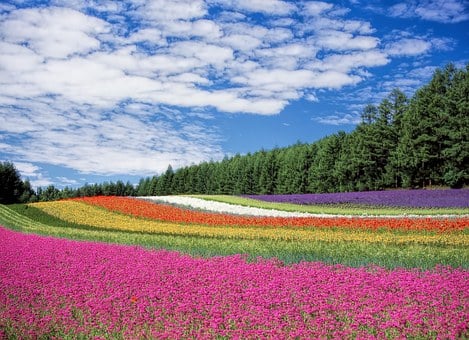This practice of rotating crops in fields and gardens over the years has fallen into disuse over time. In recent decades, people have turned to farming, especially for pastoralism, and then agriculture has shifted to crops that include more grains. Unfortunately, however, the cultivation of uniform crops in fields and gardens has resulted in the use of so-called crop protectants, which have led to the development of diseases on the stems and stalks of plants. Such crop cultivation in agriculture is even worse than the limitations caused by soil conditions and their composition, the highly variable climate, the influence of livestock, as well as the use of all kinds of agricultural machinery, etc., which today can be used.

Therefore, the best way to cultivate crops needs to be considered individually in each society. Currently, the growing season for gardeners and farmers is only a few weeks, with one plant chasing another on the same piece of land, whether in the field or in the garden.

The gardener, and even the farmer, does not put the sequence in writing, so it soon becomes completely unclear, and over the years, the cultivation of this crop has developed into a wild mess. The bottom line is that growing the same type of plants in the same place and in the same beds, at very short intervals, results in a one-sided crowding of the soil. This practice then causes deficiency symptoms in the plants, which they are unable to resist. This results in the spread of all kinds of plant and animal pests, namely fungus pests. All these calamities for crops are the result of our own contradictions as human beings. Even when we succeed in spraying various chemicals to keep plants alive, their quality is compromised. The long-standing practice of crop rotation in vegetable cultivation offers a solution.
— 20 November 2022